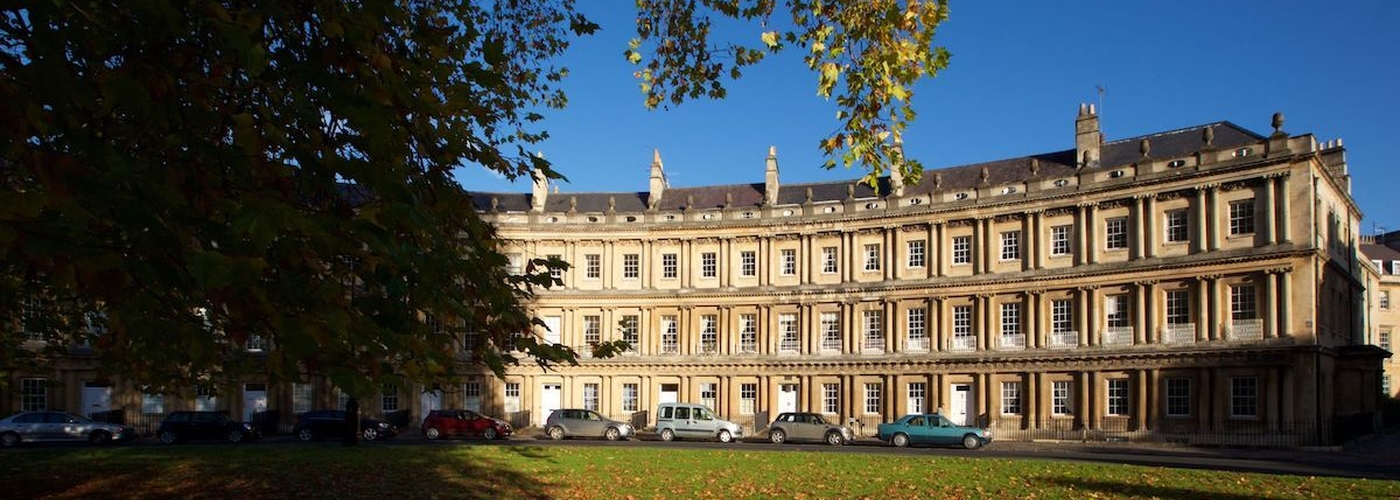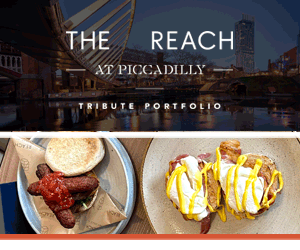Neil Sowerby explores the literary history of Bath and finds time for beer and a bite to eat too.
It’s the eve of International Women’s Day 2022 and we are in Bath. A perfect opportunity to pay homage to a hugely influential female author associated with the town.
So, in one swish of a crinoline, flutter of a fan, there we are up on Gay Street. Not at No.40, The Jane Austen Centre, posing perhaps for a pre-visit selfie with a bonneted dummy. Hoping no passing Bridgerton-themed hen party joins in.
Just 4ft 3in tall and blind in her left eye after suffering from debilitating typhus at the age of 10, she was later left pockmarked by smallpox
No, our monstrous ambition lies two doors away in the more disorienting depths of Mary Shelley’s House of Frankenstein. The attraction only opened in July of last year as a belated recognition of the role the city played in the completion of her troubling masterpiece.
Before we engage in an immersive meeting with the Monster in all its forms, the background. In 2018, 200 years after the publication of Frankenstein; or a Modern Prometheus, a plaque was finally unveiled on the site of the house where Mary lived, and wrote most of the book, from 1816-17. It stood between the Pump Room and, unknown to her, the Roman Baths, not excavated until 60 years later. Considering it took a blast of volts (employing galvanism) to shock her fictional creature into life from a collection of body parts, it’s a weird quirk that the spot now hosts an electricity substation.
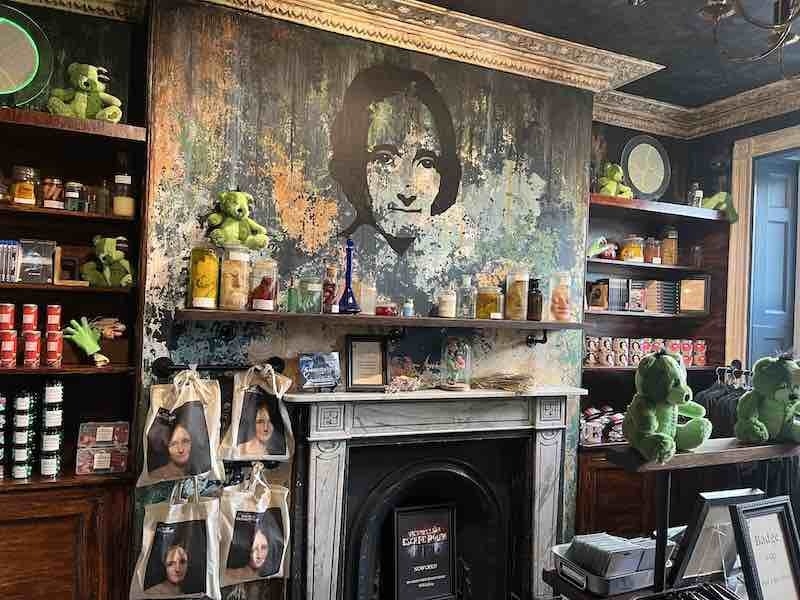
Discovering Mary Shelley beyond the Monster
This memorial sparked two theatre/film creatives, Jonathan Willis and Chris Harris, to invest in a Georgian townhouse and amass as much Frankenstein paraphernalia as they could across lockdowns. The result is a unique combination of Hollywoodesque cheese and a serious examination of the intellectual legacy of Mary’s work. It brings to life, too, the Romantic poet milieu surrounding her husband Percy and "Mad, Bad and Dangerous to Know" Lord Byron. It was in a gathering at the Villa Diodati on the shores of Lake Geneva that Byron challenged everyone to write a ghost story. The poets produced nothing, but the seed of Mary’s monster was sown there.
Mary herself was an orphan. Her mother, the radical feminist, Mary Wollstonecraft, died just 11 days after she was born. Her own stepsister, Claire Clairmont, besotted with Byron, was confined to give birth to his illegitimate child in Bath. Percy was then still married to his first wife, so she at 19 was viewed as his mistress and they were ostracised by the town. Still, she ploughed on with her book, arguably the first sci-fi novel. Better that for a Bath plot, Bridgerton!
Enough history. Time to enter into the hellish parallel universe of the House of Frankenstein. Spoiler alert: those of a nervous disposition should avoid the final descent into the cellar. You’ve been warned. Oh, go on then.
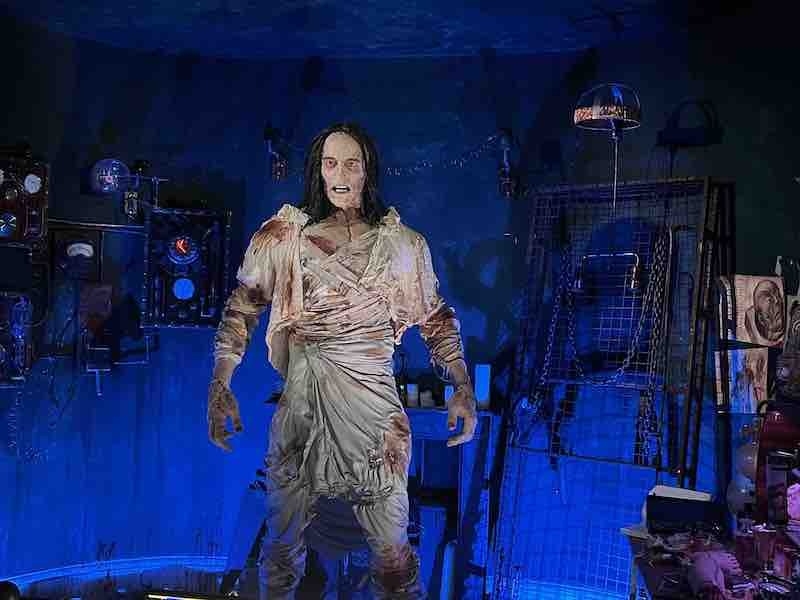
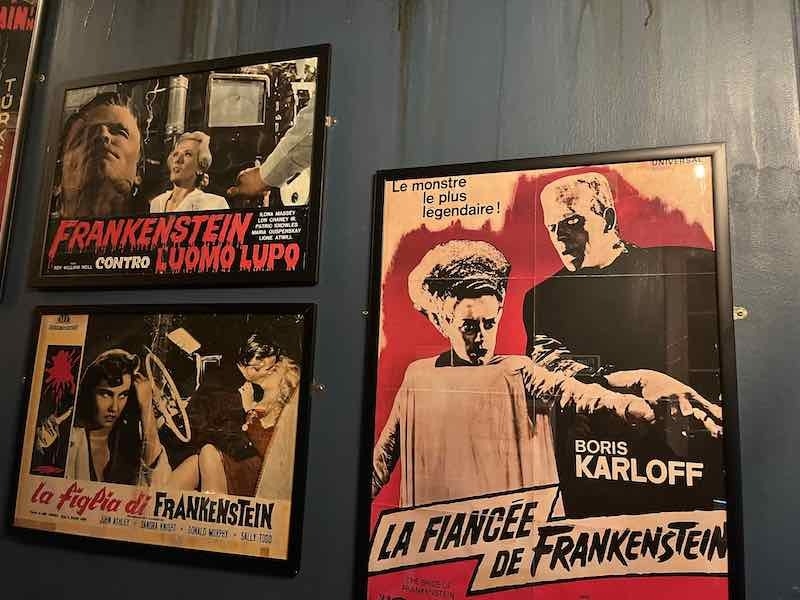
Elsewhere across the other three floors, expect a warren of Gothic excess and multi-sensory experience. Bespoke scents have been customised to each room in the house. The blurb says: “In the ‘Popular Culture Room’ for example, notes of cinemas and childhood nostalgia are conjured with gourmand notes of popcorn, vanilla, caramel and chocolate with an undertone of plastic and play-doh!”
Oh, and more in your face, in "Dr Frankenstein’s Lab" there’s an 8ft automaton of the Monster. The tragic, heroic, bandage-swathed outcast of her imagination, not the bolt-in-the-neck Boris Karloff caricature. By the time the movies adopted him the creature had taken on a life of its own (sic).
Authors in Bath in the 1800s
Mary shared one thing with Jane Austen (a resident from 1801 to 1806) – neither of them really felt at home in fashionable society "taking the waters" with all of its sleazy, hedonistic underbelly.
Still, its hypocritical mores yielded great copy for Austen’s often spiky novels, far removed from the rose-tinted version peddled by those who haven’t read her. But please don’t let this stop you from buying tickets to a Bath Regency Ball or ordering online: “A beautiful range of Jane Austen and Regency period style pieces to create that perfect dress-up outfit.”
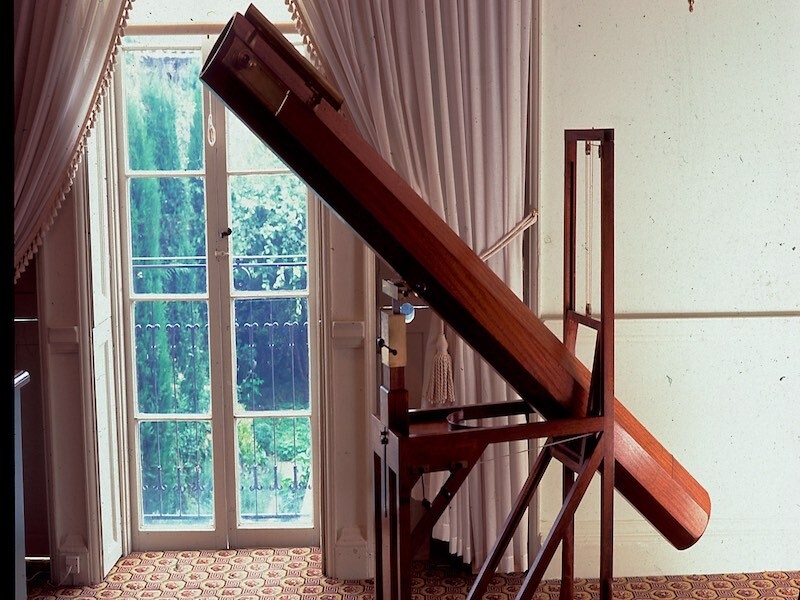
It’s a far remove from Mary’s very different fiction, finding inspiration in the city’s medical community - or from the remarkable story of another reluctant citizen, Caroline Herschel. You might think The Herschel Museum of Astronomy (patron one Brian May) was solely devoted to her elder brother, William, discoverer of Uranus in 1781. Yet Caroline made her own valuable scientific contribution – against some pretty stiff odds.
Just 4ft 3in tall and blind in her left eye after suffering from debilitating typhus at the age of 10, she was later left pockmarked by smallpox. With no official education, spinster Caroline was consigned to a life of drudgery but, while organising William’s household and his papers, she developed her own astronomical interests, discovering several comets and nebulae in her own right. Returning to her native Germany after the death of her brother, she lived to be 97, garlanded for her achievements – the kind of pioneer International Women’s Day should honour.
A vellum-bound copy of Caroline’s visitor book has recently been acquired by the museum, a fascinating haven set back off New King Street. Here, using telescopes he built himself, self-taught William effectively doubled the size of the known universe with his Uranus discovery. In authentic Georgian surroundings, it’s easy to stargaze into the past.
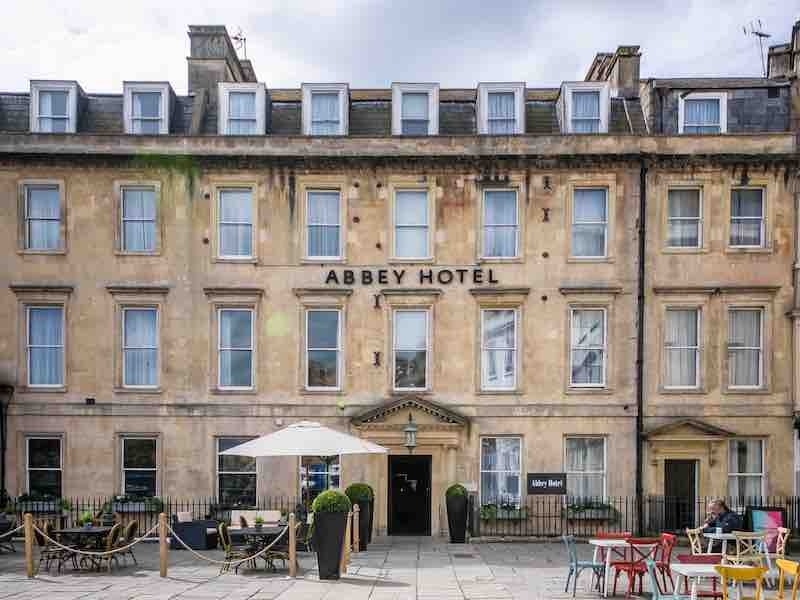
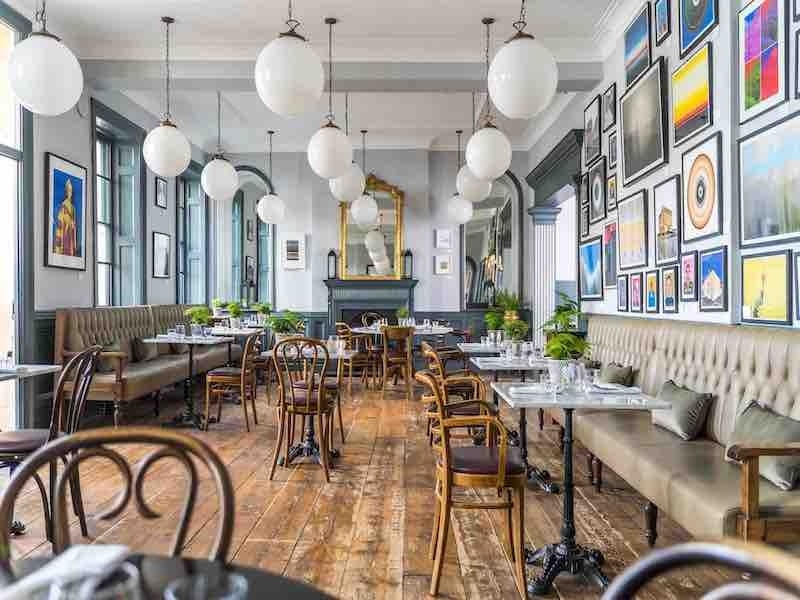
A stay at The Abbey Hotel
Outside, Bath is a marriage of Georgian architectural splendour and 21st-century bustle. It’s better explored off-season, as we did, staying in the Abbey Hotel, handily placed for all the major tourist draws. These include The Circus and the Royal Crescent, designed respectively by John Wood the Elder and his namesake son, the Younger; the Pulteney Bridge, completed in 1774 as a homage to Florence’s Ponte Vecchio; Bath Abbey, 1,000-year-old place of worship given a Victorian Gothic makeover; The Assembly Rooms, social epicentre of Georgian high society; and, of course, The Roman Baths.
You’ll find full visitor details via the Visit Bath website - and much, much more. Yet it’s wonderful just to wander around Bath’s honey-coloured stone warren, crammed with all the shopping brands you’d expect in such an affluent destination. We confined ourselves to indie bookshops, food shops and, of course, craft beer bars. Here’s what we found:
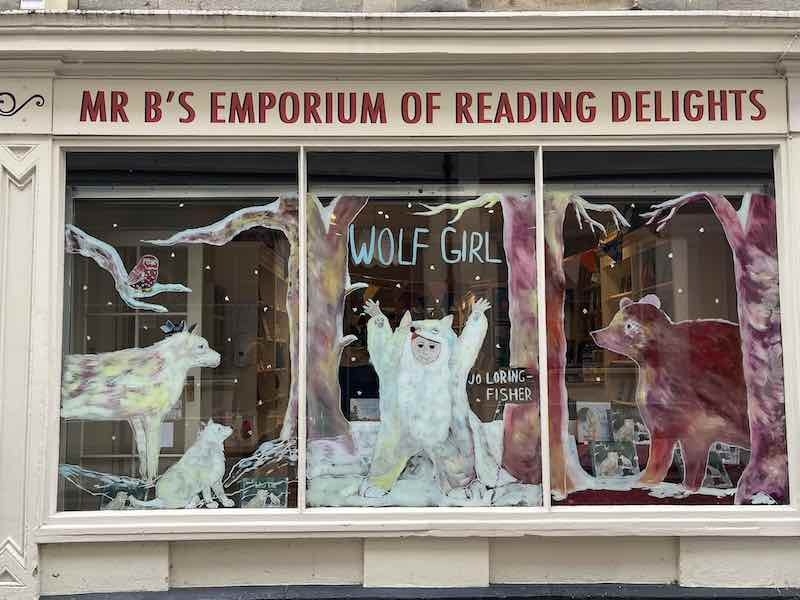

Bookshops in Bath
The Bath outpost of this sophisticated bookshop chain has recently moved across into the former Friends Meeting House opposite Bath Abbey on York Street. As spectacular as the Georgian interior with its many levels and galleries is the vast new stock. With complimentary coffee for browsers it’s hard to tear yourself away.
But when you do! Head straight to the even more labyrinthine Mr B’s Book Emporium just five minutes away in John Street. It has twice been named UK Bookshop of the year and included in The Guardian’s Ten Best Bookshops In The World. Among their services are Reading Spas, where over coffee and cake in the upstairs Bibliotherapy Room a one on one chat with co-owner Nic Bottomley or a staff member can help guide your (or your child’s) book choices. The various rooms are quirkily themed. Check out Professor Dupont’s garden room named after a character In Quentin Blake’s Cockatoos or plonk your child on the Wood Between The Words.
A bit niche but entirely in tune with our International Women’s Day homage, Persephone reprints neglected fiction and non-fiction, mostly by women writers and mostly mid-20th century. The 140-strong portfolio ranges wide to include cookery and gardening books. each title has an elegant grey jacket, a "fabric" endpaper with matching bookmark, and a preface by writers such as Elizabeth Day and Lucy Ellmann. Online may be the bulk of its business but the handsome shop up at Edgar Buildings is a Bath must-visit.

Bath foodie finds
Pizza as a surprise package? Hard to credit but this operation with two venues in Bath explores alternative doughs, aimed at the gluten-free market without sacrificing flavour or texture. There’s perfectionism about the two Italian owners sourcing a dozen of the finest wholegrain flours from the old country – featuring healthy additions such as hemp, seaweed, turmeric, and purple corn. And then there’s the intriguingly named Grano Arso. According to the menu: “Associated with the ‘cucina povera’ of the 18th and 19th century – when landowners allowed the poor to remove the bits of grain left in the fields following the harvest and subsequent burning of the field – the familiar smoky, nutty flavour is gently reminiscent of the burned edges of pizza or bread.” And it makes a lovely chew. I went for yellowy turmeric with an orthodox Napoletana topping. From the wood-fired oven, it was splendid.
More dough, this time central to the offering at this very French bakery in New Bond Place. You can buy their sourdough loaves across the UK, but not other specialities found in the shop. French-born founder Richard Bertinet also runs the Bertinet Kitchen cookery school in he town.
Not to be confused with Bertinet, this glamorous museum-like shop is located in Margaret’s Buildings between the Royal Crescent and the Circus in the heart of Georgian Bath. Across three storeys, it’s the definition of chi-chi (in a fun way). In the basement, the original 18th-century servants’ quarters have been restored and a fernery established in the vaults."High-class provisions", teas and coffees, and over 50 herbs and spices are sold on the ground floor from mahogany counters dating back to 1890. Wine, the famous Bath Olivers and other edibles are also available alongside the tableware, kitchenware and wallpaper that are the commercial core of the project.

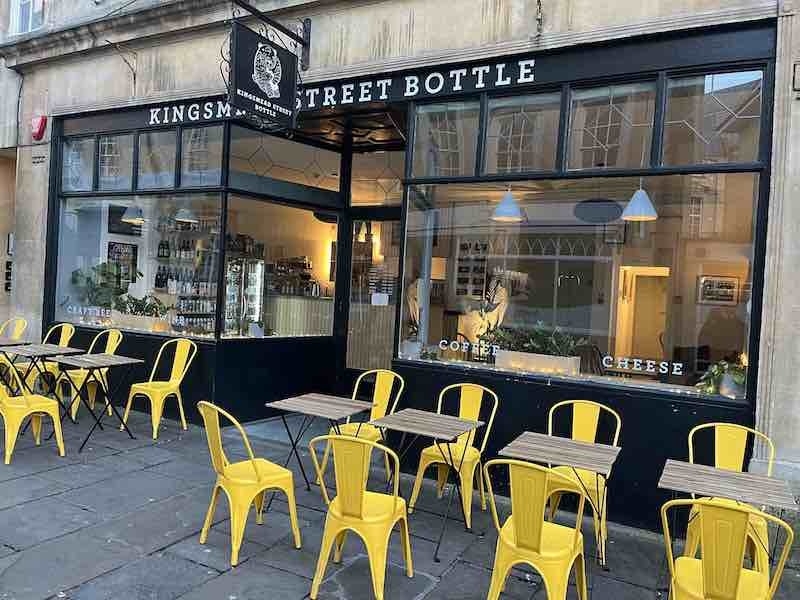
Craft beer in Bath
At the last count, Bath boasted four breweries – the tiny Ralph’s Ruin, Electric Bear, Abbey Ales and the above. Small beer compared with 20 down the road in Bristol, but none of those has a taproom to match the Brew House (on-site too, so brewery tours are available). I recommend the classic pub food offering and for a beer to match try either of the two signature cask beers, Emperor and Gladiator
Bath Brewhouse has been running nearly a decade; this store stocking 500 beers from across the world with a rotating 10 on tap came along couple of years later. It’s a cosy gem reached via the iconic Pulteney Bridge. A new bottle shop rival (with no drink-in option), Independent Spirit of Bath, also has an eclectic wine selection.
This stylish new addition to the craft drink scene is situated on nightlife hub Kingsmead Square, near the Dough branch we visited, and has the extra attraction of cheese, both platters and as imaginative toasties to eat in or take away.
Follow Neil Sowerby's travel and food adventures on Twitter @antonegomanc
Header image: Visit Bath
Fact file:
Neil stayed at the Abbey Hotel, North Parade, Bath BA1 1LF. 01225 461605. This Marriott-owned boutique hotel recently changed, with plans for expansion. I hope this doesn’t compromise its dog-friendly individuality. Our visiting chihuahua, Captain Smidge was allowed to join us for the dinner in the Artbar, rather than the stylish Abbey Hotel Kitchen. He relished his hound’s share of buttermilk chicken and venison ragout.
The hotel has no parking; we used the Southgate Bath Car Park a five-minute walk away, at £15 for 24 hours.
For full tourism invitation go to the official site Visit Bath.





